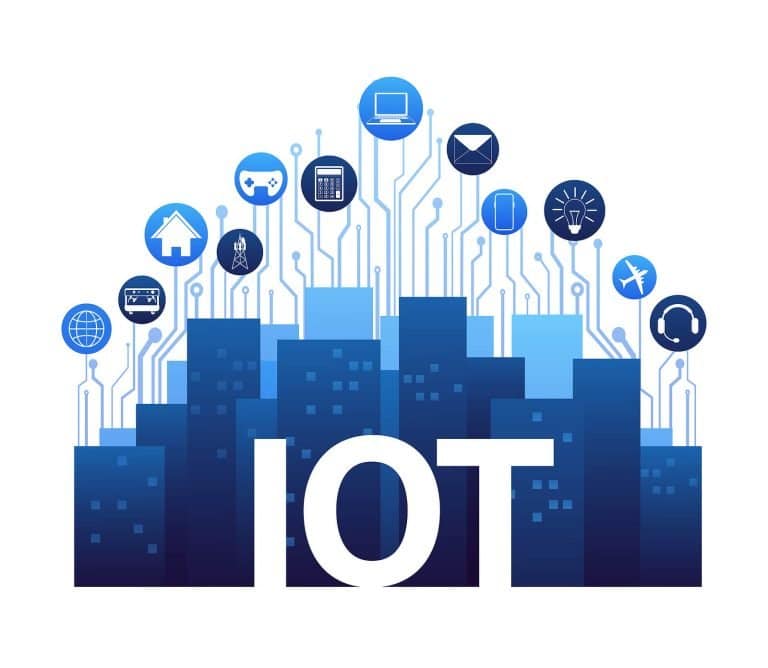Greetings, and welcome. This week, new research indicates a divide among technology decision makers regarding the Internet of Things, and little love for blockchain among CIOs. Your thoughts, reactions, and suggestions welcome – just send a quick email to medortch@dortchonit.com. And for more on the IoT and IIoT, check out “DortchOnIT’s Industrial Internet of Things (IIoT) Weekly.” Thanks.
Table of Contents
ToggleIT, OT, and the IoT: Can’t We All Just Get Along?
What Happened:Respected market watchers at 451 Research announced new research that indicates a schism between IT and operational technology (OT) stakeholders where Internet of Things projects are concerned.
- The latest 451 Research“Voice of the Enterprise” study surveyed more than 800 OT “professionals and practitioners.” For many of these, the Internet of Thing is more than talk or speculation. “More than half (55%) of the OT survey respondents currently deploy IoT within their organization, and 44% have successfully moved those projects from proof of concept to full-scale deployment.”
- However, the road to Internet of Things deployment is not necessarily straight or smooth. “According to the survey, only one-third of OT respondents (34%) said they ‘cooperate closely with IT’ on IoT projects from conception to operations. While a relatively small group of respondents said they were in ‘active conflict’ with IT over IoT, OT professionals are four times more likely to characterize their relationship with IT that way.”
- The survey found that those respondents most likely to cooperate with their IT colleagues are also those furthest along their journeys to digital transformation. “This is becoming an issue as IoT vendors and service providers are rapidly gaining new business opportunities, especially from OT-centric firms,” presumably including many industrial companies.
What It Means:There is no Internet of Things or IIoT success without cooperation between IT and OT decision makers and teams. However, the cultures, skill sets, and experiences of IT and OT people vary widely, and their collaboration track records are largely short and spotty. As Internet of Things and IIoT initiatives multiply and progress, pressures on IT and OT leaders and teams to put IoT and/or IIoT technologies to work for their businesses will increase.
What You Should Do:If your business is already pursuing or considering IoT and/or IIoT initiatives, make sure that IT and OT teams and concerns are adequately and equably represented and involved. If you are not yet pursuing any such initiatives, make sure those responsible for identifying possible IoT and/or IIoT opportunities include input from both IT and OT experts. Any vendor worth consideration must credibly demonstrate the ability to understand and address both IT and OT concerns, and to help bring together those in both camps.
Gartner Survey: Only 1 Percent of CIOs Have Deployed Blockchain
What Happened:Gartner announced results from its 2018 CIO Survey. Those results indicate that blockchain may not be as popular as media reports suggest – at least, not among enterprise IT leaders.
- Blockchain is the distributed data security technology first made famous by cryptocurrencies. It is widely touted as an enabling technology for IoT and IIoT deployments.
- Gartner gathered responses from more than 3,100 CIOs for its latest survey. “Only 1 percent of CIOs indicated any kind of blockchain adoption within their organizations, and only 8 percent of CIOs were in short-term planning or active experimentation with blockchain,” Gartner found. “Furthermore, 77 percent of CIOs surveyed said their organization has no interest in the technology and/or no action planned to investigate or develop it.”
- At those organizations that are pursuing blockchain deployments, CIOs and their teams face daunting challenges. Among survey respondents, nearly a quarter (23 percent) said blockchain requires more new skills than any other technology. Almost one-fifth (18 percent) said that people with those skills are the most difficult to find. “A further 14 percent indicated that blockchain requires the greatest change in the culture of the IT department, and 13 percent believed that the structure of the IT department had to change in order to implement blockchain.”
What It Means:Blockchain technologies may be one of the specific focus areas viewed quite differently by IT and OT leaders and their teams. At least some of the CIOs surveyed work at companies considering or pursuing Internet of Thing and/or IIoT initiatives. It seems likely that some of the OT leaders involved in those initiatives are considering, pursuing, or at least interested in learning more about blockchain. What their CIOs know, feel, believe, and are willing to learn about blockchain could have significant, lasting effects on the evolution of IT, OT, and the business itself.
What You Should Do:If your business is already pursuing or considering any blockchain initiative, make sure both IT and OT interests actively involved from the earliest stages. If your business is considering or pursuing Internet of Things and/or IIoT initiatives, make sure IT and OT interests are fairly and equally represented in any discussion of blockchain. Then do so for all discussions of or affecting IoT and/or IIoT initiatives. If your business makes, sells, or implements blockchain, IoT, and/or IIoT solutions, make sure they are crafted with input from IT, OT, and other significant stakeholders. No such solutions should be considered, let alone implemented, in a “silo” or as a “one-off.”
Catch up with last week’s edition of TWiTIoT






